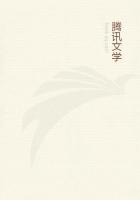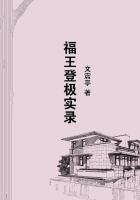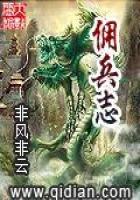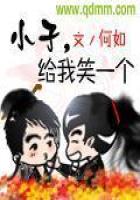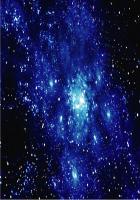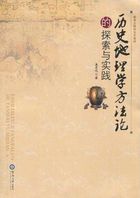These gastronomical researches called for a counterexperiment. The carnivorous larva is killed by honey. Conversely, is the mellivorous larva killed by animal food? Reservations are needful here, as in the previous tests. We should be courting a flat refusal if we offered a pinch of Locusts to the larvae of the Anthophora or the Osmia, for instance. (For both these Wild Bees cf. "Bramble-bees and Others": passim.--Translator's Note.) The honey-fed insect would not bite into it. There would be no use whatever in trying. We must find the equivalent of the jam-sandwich aforesaid; in other words, we must give the larva its natural fare with a mixture of animal food. The addition made by my artifices shall be albumen, as found in the egg of the Hen, albumen the isomer of fibrin, which is the essential factor in any form of prey.
On the other hand, the Three-horned Osmia lends herself most admirably to my plans, because of her dry honey, consisting for the greater part of floury pollen. I therefore knead this honey with albumen, graduating the dose until its weight largely exceeds that of the flour. In this way Iobtain pastes of different degrees of consistency, but all firm enough to bear the larva without danger of immersion. With too fluid a mixture there would be a risk of death by drowning. Lastly I install a moderately-developed larva on each of my albuminous cakes.
The dish of my inventing does not incite dislike: far from it. The grubs attack it without hesitation and consume it with every appearance of the usual appetite. Things could not go better if the food had not been altered by my culinary recipes. Everything goes down, including the morsels in which I feared that I had overdone the addition of albumen. And--an even more important point--the Osmia-larvae fed in this manner attain their normal dimensions and spin their cocoons, from which adult insects issue in the following year. Notwithstanding the albuminous regimen, the cycle of the evolution is achieved without impediment.
What are we to conclude from all this? I feel greatly embarrassed. Omne vivum ex ovo, the physiologists tell us. Every animal is carnivorous, in its first beginnings: it is formed and nourished at the cost of its egg, in which albumen predominates. The highest, the mammal, adheres to this diet for a long time: it has its mother's milk, rich in casein, another isomer of albumen. The gramnivorous nestling is first fed on grubs, which are better adapted to the niceties of its stomach; many of the minutest new-born creatures, being at once left to their own devices, take to animal food. In this way the original method of nourishment is continued for all alike: the method which allows flesh to be made from flesh and blood from blood, with no chemical process beyond the simplest modification. At maturity, when the stomach has acquired its full strength, vegetable food is adopted, involving a more complicated chemistry but easier to obtain.
Milk is followed by fodder, worms by seeds, the prey in the burrow by the nectar of the flowers.
This supplies a partial explanation of the twofold diet of the Hymenoptera with carnivorous larvae: meat first, honey next. But then the note of interrogation is shifted. It stood elsewhere; it now stands here. Why is the Osmia, who as a larva fares so well on albumen, fed on honey at the start? Why do the Bee-tribe receive a vegetable diet when the other members of the order receive an animal diet?
If I were a believer in evolution, I should say yes, by the fact of its germ, every animal is originally carnivorous. The insect in particular starts with albuminoid materials. Many larvae adhere to the egg-food, many adult insects do likewise. But the struggle to fill the belly, which after all is the struggle for life, demands something better than the precarious hazards of the chase. Man, at first a ravenous hunter after game, brought the flock into existence and turned shepherd to avoid a time of dearth. An even greater progress inspired him to scrape the earth and to sow seed, which assures him of a living. The evolution from scarcity to moderation and from moderation to plenty has led to the resources of husbandry.

